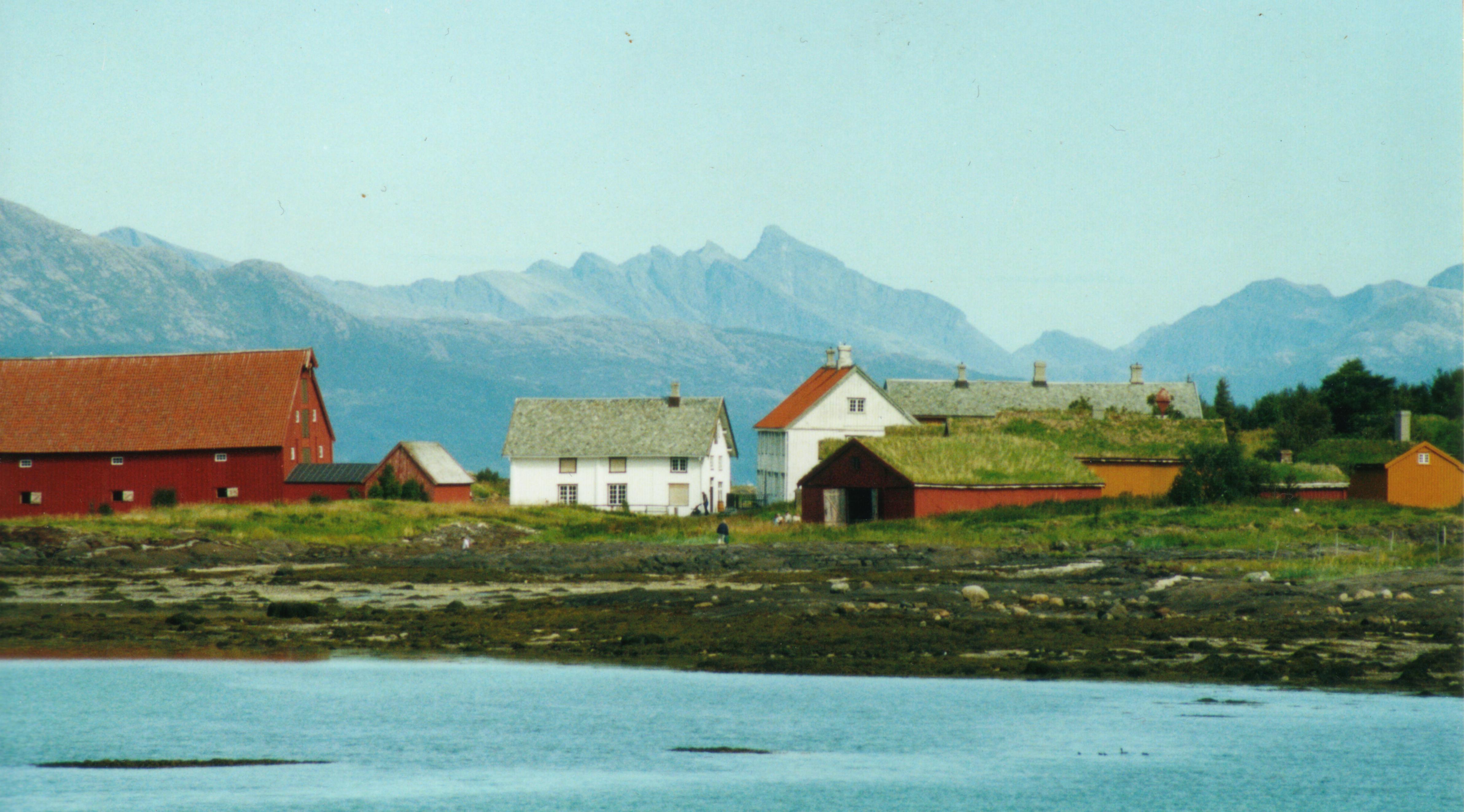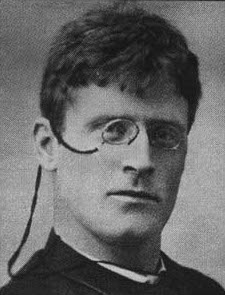|
Privileged Trader
A privileged trader ( no, nessekonge, literally 'peninsular king', also known as a ''væreiere'' 'community owner') is a term that was used for fish merchants or landowners that enjoyed special privileges along the coast of Northern Norway from the second half of the 1700s onward. The term ''nessekonge'' itself goes back centuries earlier, to the Viking era, referring to local chieftains that held power over a peninsula. Their privileged status refers to their having received special permission from the king to engage in trade. There are believed to have been 200 to 300 privileged traders' centers or fishing villages from Brønnøysund in the south to Vardø in the north. The privileged traders experienced their peak from the second half of the 1800s to 1910. After this, the development of fishing fleets and public transport by steamship made fishermen less dependent on the local fish buyers, and catches could then be traded wherever the best profit was to be had. The privileged ... [...More Info...] [...Related Items...] OR: [Wikipedia] [Google] [Baidu] |
Kjerringøy
Kjerringøy is a village in Bodø Municipality in Nordland county, Norway. The village is located about north of the town of Bodø, along the Karlsøyfjorden, just south of the entrance to the Folda fjord. The Kjerringøy Church is located in the village. The Kjerringøy trading post, a part of the Nordland Museum, is located in the village. The trading post is well-preserved, with around 15 authentic buildings with interior. It is a popular tourist destination and is often used as a location for movies. Historically, the village was the administrative centre An administrative center is a seat of regional administration or local government, or a county town, or the place where the central administration of a commune is located. In countries with French as administrative language (such as Belgium, Lu ... of the old municipality of Kjerringøy which existed from 1906 until 1964. References External links *http://www.kjerringoy.no *http://www.kjerringoy.info ... [...More Info...] [...Related Items...] OR: [Wikipedia] [Google] [Baidu] |
Northern Norway
Northern Norway ( nb, Nord-Norge, , nn, Nord-Noreg; se, Davvi-Norga) is a geographical Regions of Norway, region of Norway, consisting of the two northernmost counties Nordland and Troms og Finnmark, in total about 35% of the Norwegian mainland. Some of the largest towns in Northern Norway (from south to north) are Mo i Rana, Bodø, Narvik, Harstad, Tromsø and Alta, Norway, Alta. Northern Norway is often described as the land of the midnight sun and the land of the Aurora (astronomy), northern lights. Further north, halfway to the North Pole, is the Arctic archipelago of Svalbard, traditionally not regarded as part of Northern Norway. The region is multi-cultural, housing not just Norwegians but also the indigenous peoples, indigenous Sami people, Norwegian Finns (known as Kven people, Kvens, distinct from the "Forest Finns" of Southern Norway) and Russians, Russian populations (mostly in Kirkenes). The Norwegian language dominates in most of the area; Sami speakers are mainly ... [...More Info...] [...Related Items...] OR: [Wikipedia] [Google] [Baidu] |
Fishing Village
A fishing village is a village, usually located near a fishing ground, with an economy based on catching fish and harvesting seafood. The continents and islands around the world have coastlines totalling around 356,000 kilometres (221,000 mi). From Neolithic times, these coastlines, as well as the shorelines of inland lakes and the banks of rivers, have been punctuated with fishing villages. Most surviving fishing villages are traditional. Characteristics Coastal fishing villages are often somewhat isolated, and sited around a small natural harbour which provides safe haven for a village fleet of fishing boats. The village needs to provide a safe way of landing fish and securing boats when they are not in use. Fishing villages may operate from a beach, particularly around lakes. For example, around parts of Lake Malawi, each fishing village has its own beach. If a fisherman from outside the village lands fish on the beach, he gives some of the fish to the village headman. ... [...More Info...] [...Related Items...] OR: [Wikipedia] [Google] [Baidu] |
Brønnøysund
Brønnøysund () is a List of towns and cities in Norway, town and the administrative centre of Brønnøy Municipality in Nordland county, Norway. It is also a List of former municipalities of Norway, former municipality within Nordland county. The village of Brønnøysund originally was declared a ladested in 1923 which made it an independent municipality. After merging with Brønnøy in 1964, it lost its town status. Then in 2000, it once again received town privileges, town status. The town lies along the coast and is often called "the coastal town in the middle of Norway." Brønnøysund is also the regional center of Southern Helgeland. The town has a population (2018) of 5,045 and a population density of . History During the Viking era, ''Torgar'', by the foot of the legendary mountain Torghatten, was a nationally powerful chieftain seat and an important commercial center along the coast. The original inhabitants were wiped out in an outright massacre by ''Duke Skul ... [...More Info...] [...Related Items...] OR: [Wikipedia] [Google] [Baidu] |
Vardø
( fi, Vuoreija, fkv, Vuorea, se, Várggát) is a municipality in Troms og Finnmark county in the extreme northeastern part of Norway. Vardø is the easternmost town in Norway, more to the east than Saint Petersburg or Istanbul. The administrative centre of the municipality is the town of Vardø. Two of the larger villages in the municipality are Kiberg and Svartnes. The municipality is the 189th largest by area out of the 356 municipalities in Norway. Vardø is the 284th most populous municipality in Norway with a population of 1,897. The municipality's population density is and its population has decreased by 10.6% over the previous 10-year period. General information The town of Vardø and the rural district around it was established as a municipality on 1 January 1838 (see formannskapsdistrikt law). The law required that all towns be separated from their rural districts, but because of a low population and very few voters, this was impossible to carry out for Vardø in ... [...More Info...] [...Related Items...] OR: [Wikipedia] [Google] [Baidu] |
Forced Sale
A partition is a term used in the law of real property to describe an act, by a court order or otherwise, to divide up a concurrent estate into separate portions representing the proportionate interests of the owners of property. It is sometimes described as a forced sale. Under the common law, any owner of property who owns an undivided concurrent interest in land can seek such a division. In some cases, the parties agree to a specific division of the land; if they are unable to do so, the court will determine an appropriate division. A sole owner, or several owners, of a piece of land may partition their land by entering a deed poll (sometimes referred to as "carving out"). Why forced sales occur Forced sales generally occur because owners of property are unable to agree upon certain aspects of the ownership. The owners may disagree on how to use the property, the amount of money to invest into the property, on their right to occupy and use the whole of the property. If the p ... [...More Info...] [...Related Items...] OR: [Wikipedia] [Google] [Baidu] |
Erasmus Zahl
Erasmus Benedicter (Benedigt) Kjerschow (Kjerskov) Zahl (19 January 1826 – 29 April 1900) was a privileged trader and an island owner at Kjerringøy in Nordland, Norway. Zahl is known as Nobel Literature Prize laureate Knut Hamsun's monetary supporter, and a representative of the old, traditional Nordland—Hamsun's ideal society. He is also internationally known through the character ''Mack'', who appears in several works of Hamsun, among them '' Pan'' (1894), '' Dreamers'' (1904), and '' Benoni'' and ''Rosa'' (1908).Knut Hamsun – utdypning in Store norske leksikon. History Tradesman's son in Nordvika Erasmus Zahl was born in 1826 in Nordvika in Dønna, where his father Hans Hansen Zahl was a tradesman. His paternal grandparents were tradesman Hans Olsen Zahl and A ...[...More Info...] [...Related Items...] OR: [Wikipedia] [Google] [Baidu] |
Knut Hamsun
Knut Hamsun (4 August 1859 – 19 February 1952) was a Norwegian writer who was awarded the Nobel Prize in Literature in 1920. Hamsun's work spans more than 70 years and shows variation with regard to consciousness, subject, perspective and environment. He published more than 20 novels, a collection of poetry, some short stories and plays, a travelogue, works of non-fiction and some essays. Hamsun is considered to be "one of the most influential and innovative literary stylists of the past hundred years" (''ca.'' 1890–1990). He pioneered psychological literature with techniques of stream of consciousness and interior monologue, and influenced authors such as Thomas Mann, Franz Kafka, Maxim Gorky, Stefan Zweig, Henry Miller, Hermann Hesse, John Fante and Ernest Hemingway. Isaac Bashevis Singer called Hamsun "the father of the modern school of literature in his every aspect—his subjectiveness, his fragmentariness, his use of flashbacks, his lyricism. The whole modern sc ... [...More Info...] [...Related Items...] OR: [Wikipedia] [Google] [Baidu] |
Aristocracy Of Norway
Aristocracy of Norway refers to modern and medieval aristocracy in Norway. Additionally, there have been economical, political, and military elites thatrelating to the main lines of Norway's historyare generally accepted as nominal predecessors of the aforementioned. Since the 16th century, modern aristocracy is known as nobility ( no, adel). The very first aristocracy in today's Norway appeared during the Bronze Age (1800 BC500 BC). This bronze aristocracy consisted of several regional elites, whose earliest known existence dates to 1500 BC. Via similar structures in the Iron Age (400 BC793 AD), these entities would reappear as petty kingdoms before and during the Age of Vikings (7931066). Beside a chieftain or petty king, each kingdom had its own aristocracy. Between 872 and 1050, during the so-called unification process, the first national aristocracy began to develop. Regional monarchs and aristocrats who recognised King Harald I as their high king, would normally recei ... [...More Info...] [...Related Items...] OR: [Wikipedia] [Google] [Baidu] |
Business In Norway
Business is the practice of making one's living or making money by producing or buying and selling products (such as goods and services). It is also "any activity or enterprise entered into for profit." Having a business name does not separate the business entity from the owner, which means that the owner of the business is responsible and liable for debts incurred by the business. If the business acquires debts, the creditors can go after the owner's personal possessions. A business structure does not allow for corporate tax rates. The proprietor is personally taxed on all income from the business. The term is also often used colloquially (but not by lawyers or by public officials) to refer to a company, such as a corporation or cooperative. Corporations, in contrast with sole proprietors and partnerships, are a separate legal entity and provide limited liability for their owners/members, as well as being subject to corporate tax rates. A corporation is more complicated an ... [...More Info...] [...Related Items...] OR: [Wikipedia] [Google] [Baidu] |



.jpg)





